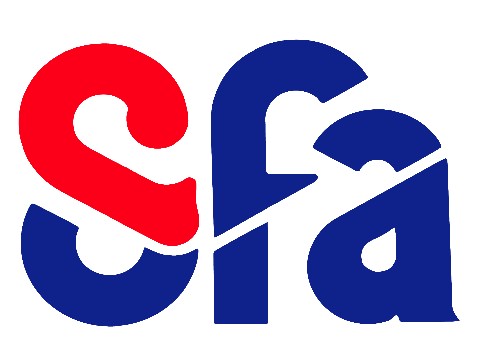Recent progress in vibration reduction using Acoustic Black Hole effect
Résumé
The current paper presents theoretical and experimental results of vibration reduction of beams and plates using Acoustic Black Hole (ABH) effect. ABH is a passive technique which uses properties of wave propagation in beam or plates of varying thickness. It is based on related to gradual decrease of the thickness that leads to the decrease of phase and group velocity of flexural waves. Thus, under certain conditions, it can be shown that waves stop propagating and do not reflect back from the edges. However, the practical implementation of the above theory is rather cumbersome task from a technological standpoint because very thin structures should be manufactured. This is why the area of ABH should could be treated additionally using a very thin layer of conventional damping materials. One dimensional and two dimensional configurations for the design of ABH are presented, adapted to the cases of beam and plates respectively. In the present study a brief theory of ABH and number of numerical and experimental results are given. A numerical approach able to evaluate the reflection and impedance matrices of a beam and consequently the point mobility is outlined. The experimental results encompass vibration reduction of different structures such as elliptical, rectangular, and polygonal plates. Moreover, a thermo-mechanical ABH has been designed and tested using a beam made of shape-memory polymer. As a result, all theoretical and experimental outcomes demonstrate excellent vibration reduction properties, thus, ABH could be used as an alternative approach for vibration mitigation. The advantages and limitations of this technique are discussed as well.
| Origine | Accord explicite pour ce dépôt |
|---|
Loading...


